MADISON, Wis.—The Wisconsin Legislature’s budget committee has approved funding to help purchase additional equipment for Amtrak’s Chicago-Milwaukee Hiawathas.
The committee approved spending $13.2 million, a state match to a $25.7-million Federal-State Partnership for State of Good Repair service grant that had been awarded earlier in 2019.
The funding paves the way for a $38.9 million purchase of six coaches and three cab coaches that are an add-on to the Midwest and California fleet of 137 cars that have begun production at Siemens Sacramento, Calif., facility.
“The grant can now be finalized with the federal and state funds encumbered,” Wisconsin’s Passenger Rail Manager Arun Rao tells Trains News Wire. “The cab cars have 58 to 62 revenue seats, replacing the current converted locomotive cabs that have no revenue seating,” he adds.
When new, stimulus-funded Midwest equipment was ordered in 2010, Wisconsin only opted for locomotives — not passenger cars — because under former Democratic Gov. Jim Doyle, it had agreed to purchase Series 8 Talgo trainsets in conjunction with a 110-mph Hiawatha extension to Madison. But Republican Gov. Scott Walker turned back the federal money for the new route and cancelled the Talgo order. Those trainsets are still languishing at Amtrak’s Beech Grove Heavy Maintenance Facility near Indianapolis.
As a result, the joint Wisconsin-Illinois sponsored service is still utilizing decades-old Horizon and Amfleet coaches on the two trainsets that currently provide seven weekday round trips. Although cab coaches will replace the former F40 locomotive cab cars, funding has yet to be identified to replace the passenger cars now being used.
Once the new coaches and cab coaches arrive within three years, the state will be able to create another trainset that will allow it to implement a 10-round-trip schedule [see “Wisconsin announces plans for more Hiawathas,” Trains News Wire, July 18, 2019] on the 85-mile corridor, which carried 882,189 passengers in the fiscal year that ended Sept. 30. The ridership is up 4.5 % from fiscal 2018 on the unreserved trains.
However, host railroad Canadian Pacific has said that more Amtrak frequencies can’t be added until previously agreed-upon capacity improvements are built. Illinois legislators have sided with trackside residents of Glenview and Lake Forest, Ill., to prevent that state from funding the prescribed infrastructure [see “CP puts damper on plans for more Hiawathas,” Trains News Wire, July 29, 2019].





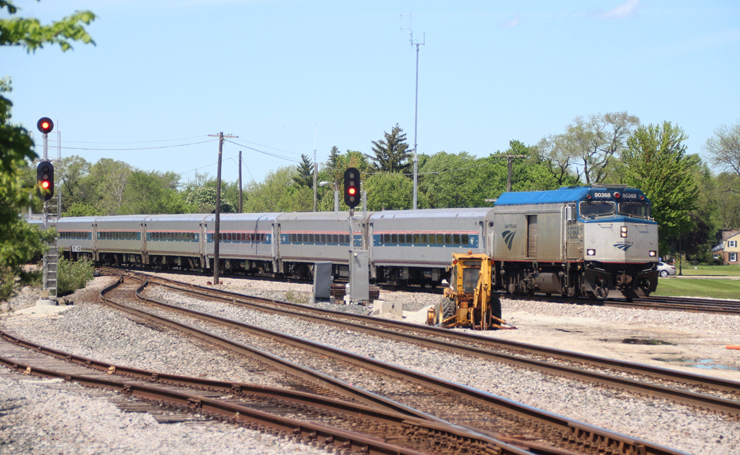

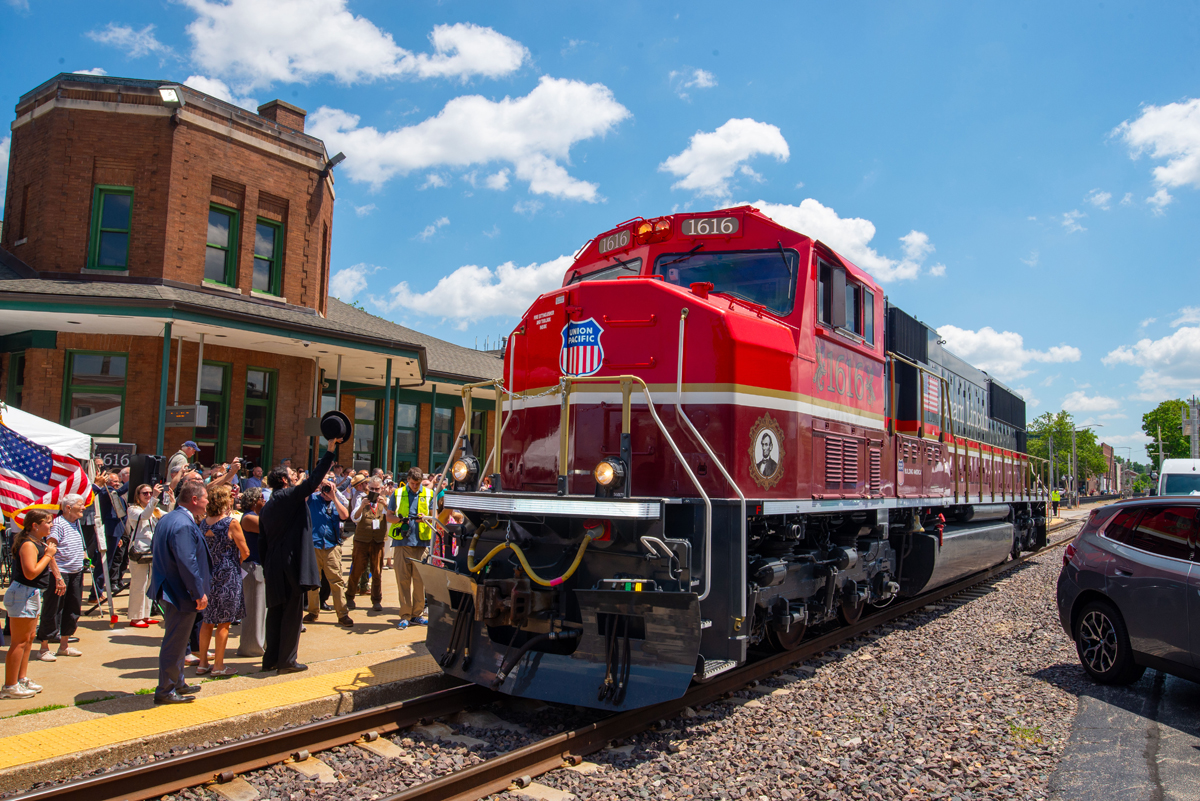
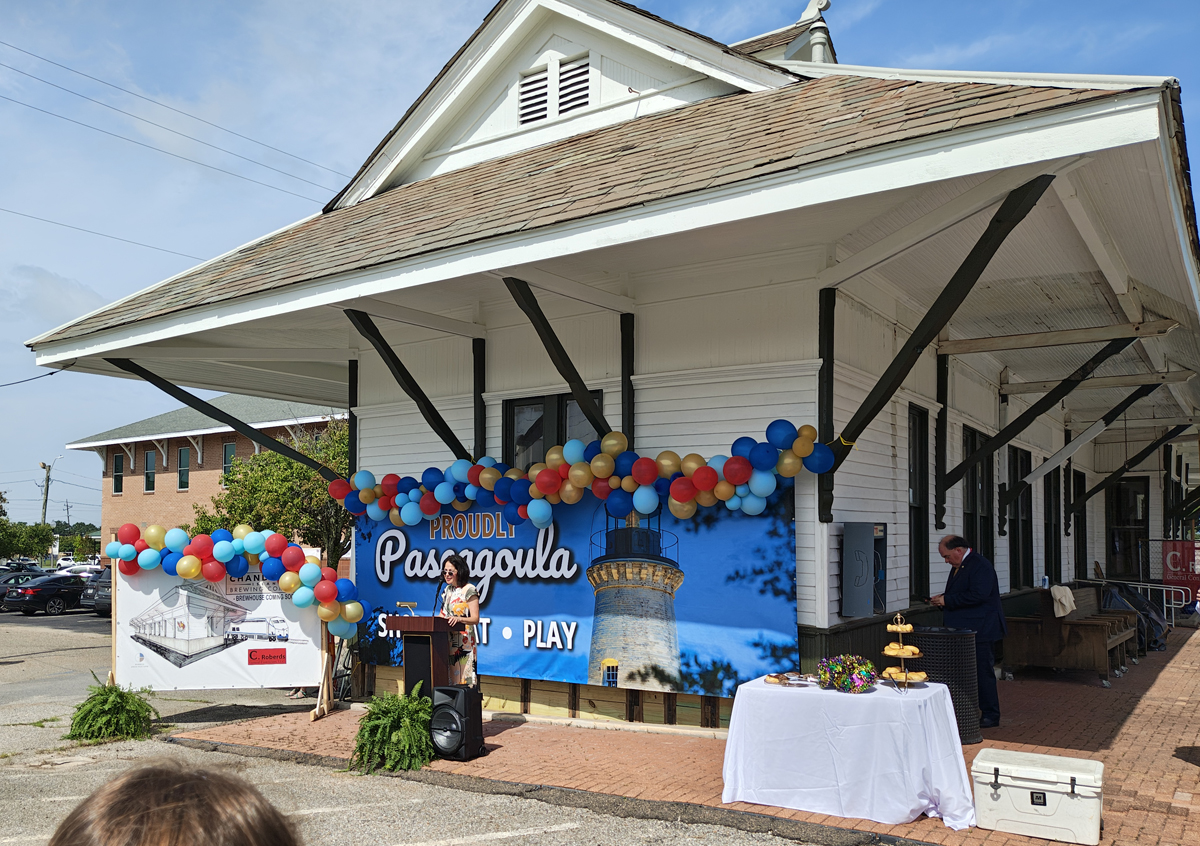
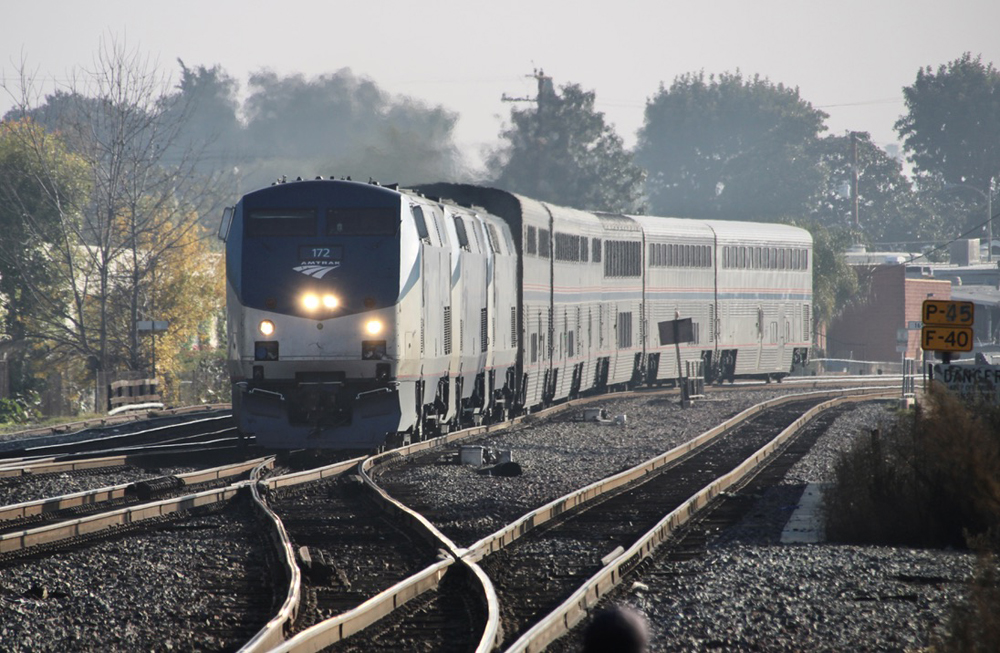
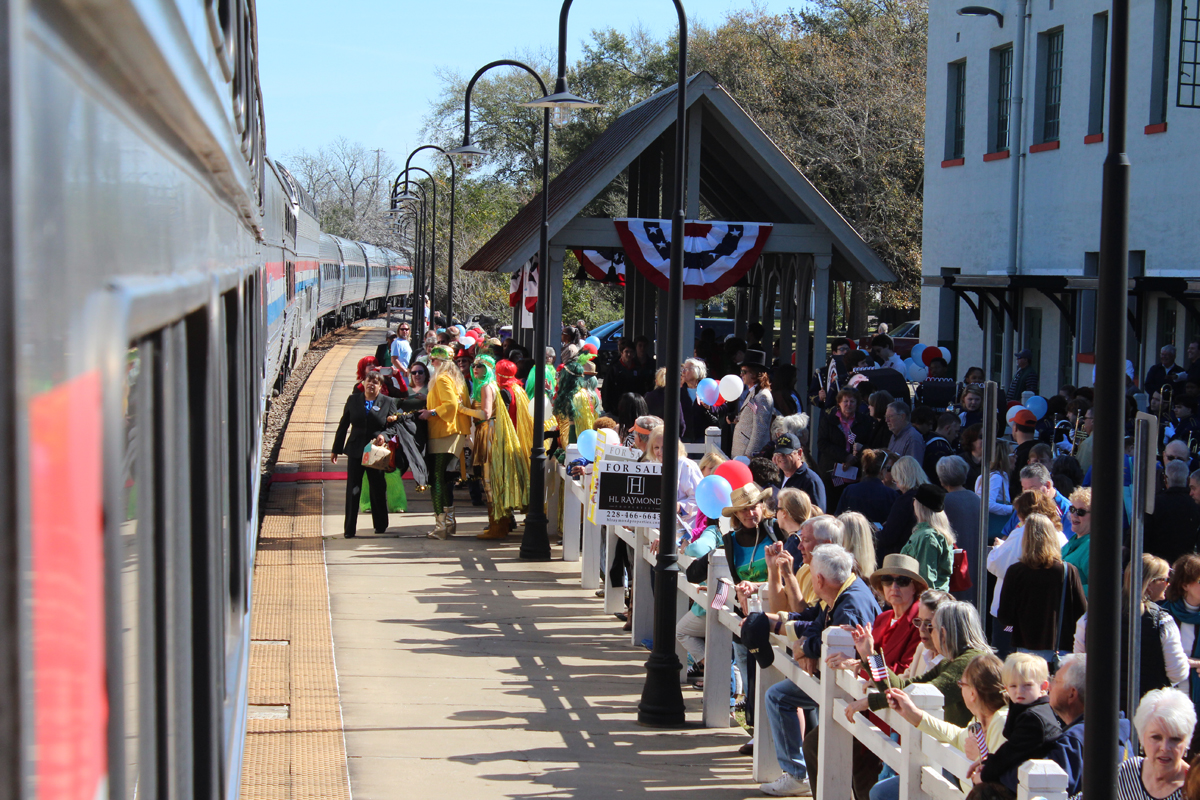




Interesting Charles mentions the Fox Valley train possibility – I may disagree with him on the (non)viability of a Madison train, however I do agree running up the valley to Green Bay would be a winner. I suppose CP would need to reinstall the power switch at Duplainville – it was removed when I passed by on Amtrak 7-8 a few weeks ago (the wye and home signal for the connection remains).
One needs to look at the history of why this line has the depowered F40’s. Years ago there were cab cars – depowered Metroliner units from the 1960’s. The rail unions didn’t like these because this route is big on grade crossings
Kris, there is nothing particularly wrong with using F40s as cab cars. They were available cheap and performed the job. However, they are mostly unproductive space. If you can combine the your cab needs with a coach, you can accommodate more passengers in the space. Or, have one less piece of equipment to maintain because your cab is now combined with one of the existing coach cars.
what’s wrong using F40PH’s as cab cars ?
KEVIN – The lowest traffic count on I-94 in Wisconsin – Illinois – NW Indiana is Racine County (Wisconsin), was about 85,000 last I checked about ten years ago, probably has grown a bit. Amtrak nationwide, all trains all states and into Canada, is about 85,000.
I ride the Hiawatha and I support its continued subsidy. By Amtrak standards it’s a raging success. It’s needed. Also needed is the IH 94 Kenosha Racine southern Milwaukee Counties project. Amtrak or no Amtrak, that’s how most people travel. To say nothing of all those trucks that carry the goods we use.
The Madison proposed train was a loser due to the poor routing. As for the Fox Valley proposal – Fond du Lac, Oshkosh, Neenah, Appleton, Green Bay, I think there was some possibility there and I was surprised it was never seriously studied.
Just because operating the trains incurs capital and operating costs, does not mean that it needs to be cut. It is doing what it is intended to do, and people are using it as a result. That is no different than the (massively larger) expenditures that have been/are being made to widen the parallel I-94.
People often balk at the upfront cost of implementing/upgrading passenger rail but, once it is there, they use it and like to have it available. Hence, the high rail use in the most politically anti-passenger rail area of the state. We could have expanded that use to Madison (and can someday to Green Bay/Fox Valley, too) if we get past the sticker shock phase.
MIKE and CLAYTON – I agree with both of you 100,000 times a million about FOXCONN. Wisconsin Republican legislatures ought to be ashamed of themselves along with Republican office holders in Racine County. As the late Alabama Governor George Corley Wallace once said, there isn’t a dime’s worth of difference between the Republicans and the Democrats. I’m a Republican voter in Wisconsin and totally against the FOXCONN rip-off. If ripoff is even a word for this foul disgrace.
That seems unlikely. With 900K people a year using this service, and rising, it’s quite popular. If those people were, instead, driving from Chicago to Milwaukee (the most likely alternative) traffic would be a more of a nightmare than it already is.
All forms of transportation are subsidized to one extent or another. Roads are built by governments, as are airports. Moving people from one place to another is a net societal good.
And Clayton is right. That FoxConn deal is a massive giveaway to a huge foreign company. And they’re already reneging on the limited promises they made.
I agree Charles. Wisconsin GOP legislators should stick to what they know. Like forking over billions of dollars in grants and tax cuts to Foxconn for a LCD plant they have yet to complete and at 1/20th of the original size. Saw a report that Racine County is having to refinance debt from land purchases they made to put the site together.
I agree with both Charles and Clayton. If governments are to invest in anything to attract businesses to their territory, it should be limited to the things that governments do best like transportation infrastructure, better known as roads, bridges and navigation aids. Otherwise, they wind up just enriching corporations who are playing them against each other.
Why don’t they just buy the Talgos?
This is a train that’s dependent on federal subsidy, Illinois subsidy, and Wisconsin subsidy (above and beyond passenger revenue), Sooner or later, one or the other units of government will sharpen the pencil.
In addition to contributing to operational subsidies, Wisconsin taxpayers have helped pay for the Siemens locomotives, for rebuilding Milwaukee’s downtown station and for all-new stations at Milwaukee Airport and Sturtevant.
It should be noted that Republicans in Wisconsin have supported the Hiawatha even while opposing the hopeless proposal for the Madison train. But at some point, Republicans (who strongly control both houses of the legislature while losing every constitutional office – governor, attorney general, treasurer, etc.) will say enough is enough.
Several possible ways for this to blow up. $38.9 mill for nine cars? Jeepers!
In a perfect world, CLAYTON’S and CHARLES’ points would work nation wide. The problem is, the companies play games with the localities, states and the Federal government. My own community fell for a deal to attract a manufacturing business because the company was telling at least three communities that they were seeking a location… depending on what “incentives” were being offered. Said company kept the production going until their tax breaks ran out, then pffft.
CLAYTON post: Explains this exactly. You are to be commended for well-researched and well thought through comments. Then let’s go to your last point, your last sentence. Perfect.
There is substantial difference between the Foxconn deal and other deals. Foxconn has a long history of committing to facilities and then backing out. The Foxconn deal has incentives that were far beyond most levels. It also involved building a electronics plant in the US where the labor costs are much higher compared to other countries, so it should have raised question marks to leaders.
Motorola had established cell phone facilities in the US, and Illinois during the Harvard deal. Same thing with 3Com. These were known entities with an established business history in the states.
Block 37 was (is) a mess, but a Great Recession hit during construction. The empty subway station would be there regardless of the developer. .
The Foxconn deal is somewhat tied to hiring levels, so there are benefits Foxconn is not getting because they have not hit targets. That does not help the county and the land purchases.
Perhaps the lesson here is that states should not be in the business of investing in and subsidizing businesses except to the extend of contributing to infrastructure that has a greater public benefit.
The Foxconn deal was wishful thinking tied to good intentions on both sides. A recent glut in LCD panel manufacturing all across Asia makes the manufacture of panels here a money loser. It needs to make something with high margin in the market place.
Just like the deal the State of Illinois signed with Motorola to build a cell phone facility in Harvard, when 2 years later most global manufacturing of cell phones had shifted to China. The Harvard site was closed and collected cobwebs until last year.
Just like the deal 3Com signed with the State of Illinois right after they purchased US Robotics in Skokie. They built a new “east HQ” in Schaumburg which all USR employees were moved into. 2 years later the employee count started declining slowly but surely. In another 18 months the building was empty and sat empty for several years while 3Com kept the lights on to fulfill its agreement. When 3Com was sold, the building was dumped shortly after.
Just like the deal the City of Chicago and the State of Illinois signed with the Mills Corporation to develop Block 37. Mills got a few stores open to meet the letter of the deal, but then backed out. Other than a nice subway station below, everything above sat empty for several years.